The Ultimate Guide to Mastering Use Concrete for Your Next Project
In the construction industry, the choice of materials can significantly influence project outcomes, with
concrete being a cornerstone of modern construction practices.
According to the World Cement Association, global cement consumption is projected to reach approximately
5.4 billion tonnes by 2025, underscoring the
growing reliance on concrete for both residential and commercial projects. Using concrete not only
provides structural integrity and longevity but also contributes to sustainability when sourced
responsibly.
 However, to truly master its application, understanding the nuances of mixing, pouring, and finishing
is crucial. This guide serves as a comprehensive checklist to help industry professionals and DIY
enthusiasts alike achieve optimal results in their next project by effectively mastering the use of
concrete, ensuring safety, durability, and aesthetic appeal.
However, to truly master its application, understanding the nuances of mixing, pouring, and finishing
is crucial. This guide serves as a comprehensive checklist to help industry professionals and DIY
enthusiasts alike achieve optimal results in their next project by effectively mastering the use of
concrete, ensuring safety, durability, and aesthetic appeal.
Understanding the Varied Types of Concrete and Their Specific Applications
 Concrete is one of the most versatile building materials, and understanding its varied types can significantly impact the success of your next project. According to the Global Concrete Market report, the concrete industry is expected to reach a valuation of over $800 billion by 2027, driven by the increasing demand for durable and resilient infrastructure. From residential homes to large-scale commercial buildings, selecting the appropriate type of concrete is crucial for achieving structural integrity and longevity.
Concrete is one of the most versatile building materials, and understanding its varied types can significantly impact the success of your next project. According to the Global Concrete Market report, the concrete industry is expected to reach a valuation of over $800 billion by 2027, driven by the increasing demand for durable and resilient infrastructure. From residential homes to large-scale commercial buildings, selecting the appropriate type of concrete is crucial for achieving structural integrity and longevity.
There are several types of concrete, each engineered for specific applications. For instance, high-performance concrete (HPC), which boasts enhanced durability and strength, is ideal for high-stress environments like bridges and parking structures. In contrast, lightweight concrete is used in projects where reducing weight is essential, such as in precast concrete panels and roof structures. According to the American Concrete Institute, specialized concrete mixes can provide unique benefits like improved thermal insulation or increased resistance to chemicals, allowing architects and builders to tailor their materials for specific project requirements. Understanding these nuances is key to mastering concrete use in construction projects.
Common Problems Faced with Different Concrete Types in Construction Projects
When it comes to construction projects, the choice of concrete type can significantly impact the outcome and longevity of a structure. According to the American Concrete Institute, improper selection and use of concrete can lead to issues like cracking, shrinkage, and durability problems. Nearly 40% of concrete issues arise from inadequate specifications or misapplication, stressing the importance of understanding the properties of various concrete types.
For instance, high-performance concrete, while popular for its strength and durability, can be prone to brittleness and requires meticulous control of moisture during curing. In contrast, lightweight concrete offers thermal insulation advantages but may struggle under heavy load-bearing situations. A study by the National Ready Mixed Concrete Association highlights that integrating better quality control and understanding specific project requirements can reduce defects by 30%, emphasizing that addressing common concrete problems starts with informed material selection.
The Ultimate Guide to Mastering Use Concrete for Your Next Project
| Concrete Type |
Common Problems |
Recommended Solutions |
Use Cases |
| Normal Concrete |
Cracking due to drying shrinkage |
Use control joints |
Foundations, sidewalks |
| Reinforced Concrete |
Corrosion of steel bars |
Use corrosion-resistant steel |
Bridges, large buildings |
| Lightweight Concrete |
Lower strength |
Use additives to improve strength |
Non-load bearing walls |
| High-Performance Concrete |
Costly materials |
Careful planning and budgeting |
Industrial structures, pavements |
| Pervious Concrete |
Clogging with debris |
Regular maintenance and cleaning |
Parking lots, walkways |
Analyzing the Strength and Durability Star Ratings of Concrete Mixes
When embarking on any construction endeavor, understanding the strength and durability of concrete mixes is paramount. According to the American Concrete Institute (ACI), concrete is typically rated on a compressive strength scale, generally ranging from 2,500 to 5,000 psi for residential projects, and up to 10,000 psi or more for specialized applications. This strength rating significantly influences the structural integrity and longevity of the finished product. Selecting a mix with a higher strength rating not only enhances durability but also boosts resistance to environmental factors, reducing maintenance costs over time.

Moreover, the durability star ratings assigned to various concrete mixes provide crucial insights into their performance under different conditions. A recent report by the National Ready Mixed Concrete Association (NRMCA) highlighted that blends with supplementary cementitious materials (SCMs) can offer enhanced durability. For example, using fly ash or slag cement can improve resistance to sulfate attack and mitigate the effects of freeze-thaw cycles. This is particularly relevant in regions experiencing harsh weather conditions. By analyzing these star ratings, builders can make more informed decisions, ensuring that their concrete not only meets immediate structural requirements but also stands the test of time against the elements.
Cost Factors: How Different Concrete Types Impact Project Budgets
When planning your next construction project, understanding how different types of
concrete can affect your budget
is crucial. Concrete comes in various forms, each with distinct characteristics and costs.
Standard concrete is often the most economical option
for general uses, but if you require specific qualities, such as
enhanced durability
or aesthetic appeal, you might need to consider specialized types.
High-performance concrete, for instance, offers increased strength
and longevity, but it also comes with a significantly higher price tag.
Moreover, decorative concrete options, such as stamped or
stained concrete, can elevate the visual appeal of your
project while impacting overall costs. The added complexity in the finishing process and
the materials required for these options can contribute to increased labor costs. It’s essential
to weigh the benefits of aesthetic enhancements against your project budget.
By evaluating your needs and understanding the cost implications of different concrete types,
you can make informed decisions that align with both your vision and financial parameters.
Innovative Solutions to Overcome Concrete Type Challenges in Construction
When it comes to construction, selecting the appropriate type of concrete can often pose significant challenges. Different projects necessitate different concrete mixes to achieve optimal durability, strength, and longevity. To overcome these challenges, it's essential to understand the specific requirements of your project, including environmental conditions, load-bearing needs, and the desired finish. By employing innovative solutions, such as high-performance concrete or fiber-reinforced mixes, builders can enhance both the functionality and aesthetics of their constructions.
Moreover, advancements in technology have paved the way for customized concrete formulations that cater to unique project needs. Techniques such as incorporating supplementary cementitious materials or utilizing advanced admixtures can improve curing times, reduce shrinkage, and enhance resistance to environmental stressors. Engaging with material suppliers and staying updated on the latest concrete innovations can empower construction teams to select the best options available, ultimately leading to more effective and efficient project outcomes.
Concrete Types and Their Common Uses in Construction

Home
About Us
Products
 Concrete Mixing Plant
Concrete Mixing Plant
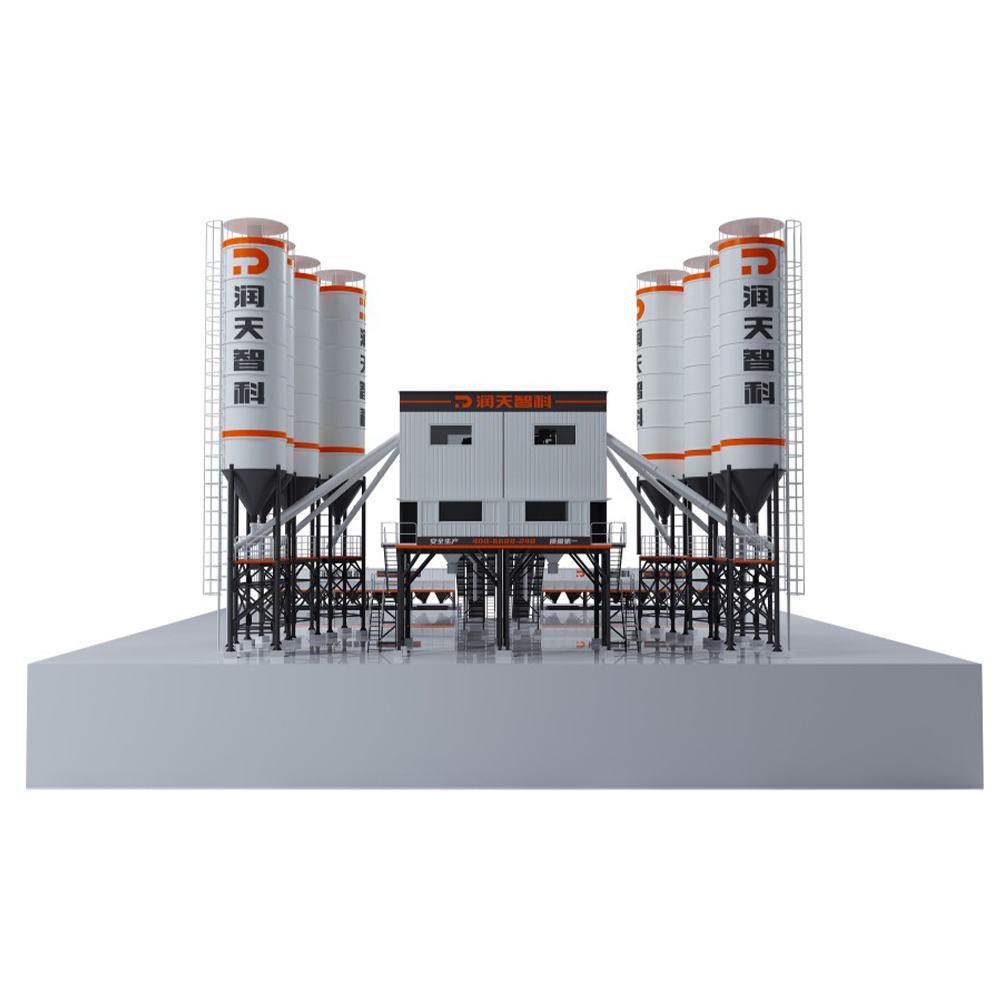 HZS Series Belt Concrete Mixing Plant
HZS Series Belt Concrete Mixing Plant
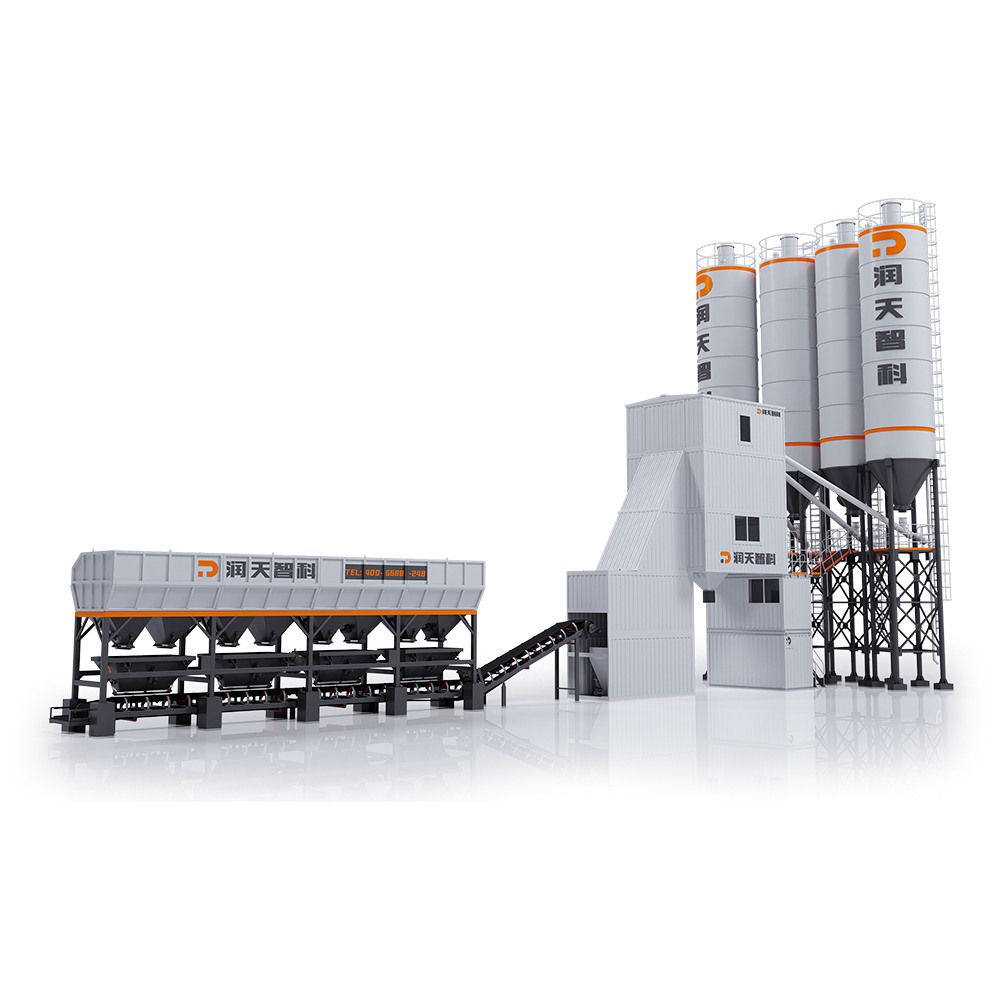 HZS Series Bucket-Lifting Type Container Concrete Mixing Plant
HZS Series Bucket-Lifting Type Container Concrete Mixing Plant
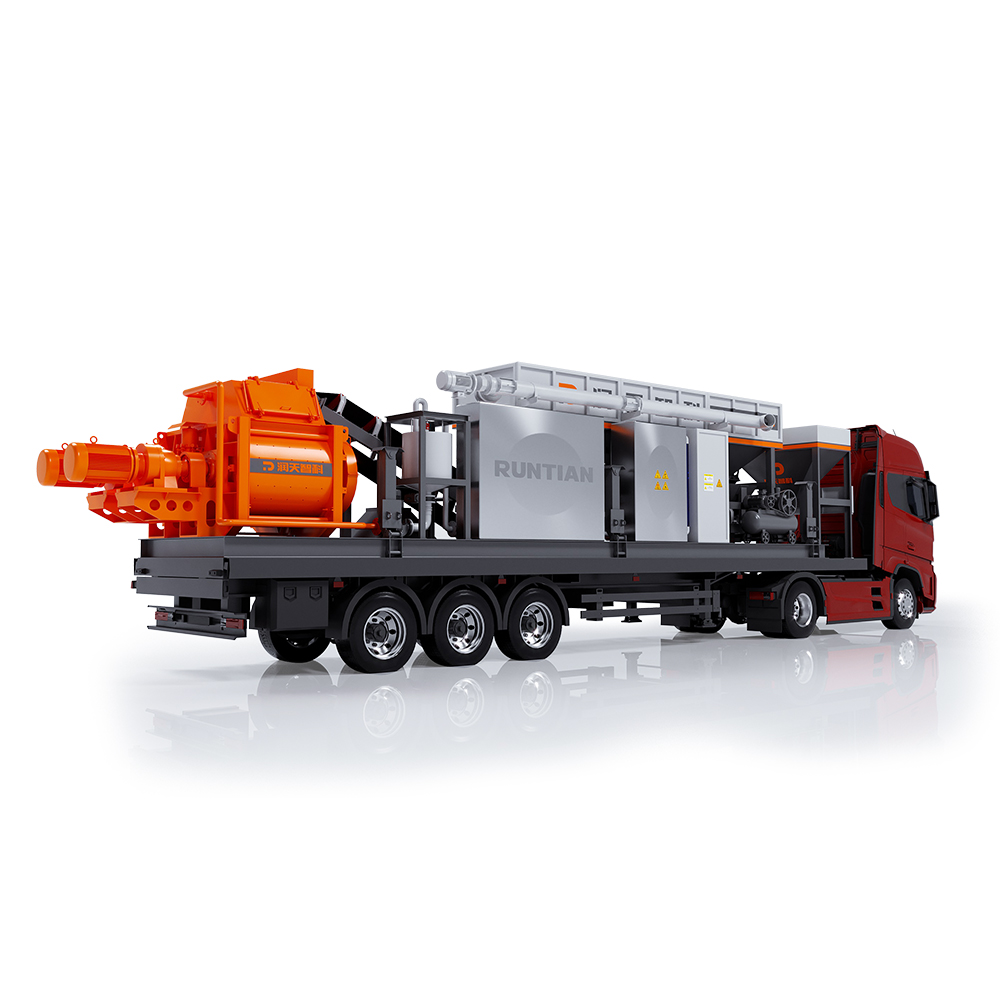 HZS60 Mobile Concrete Mixing Plant
HZS60 Mobile Concrete Mixing Plant
 HZS Series Bucket-Lifting Type Concrete Mixing Plant
HZS Series Bucket-Lifting Type Concrete Mixing Plant
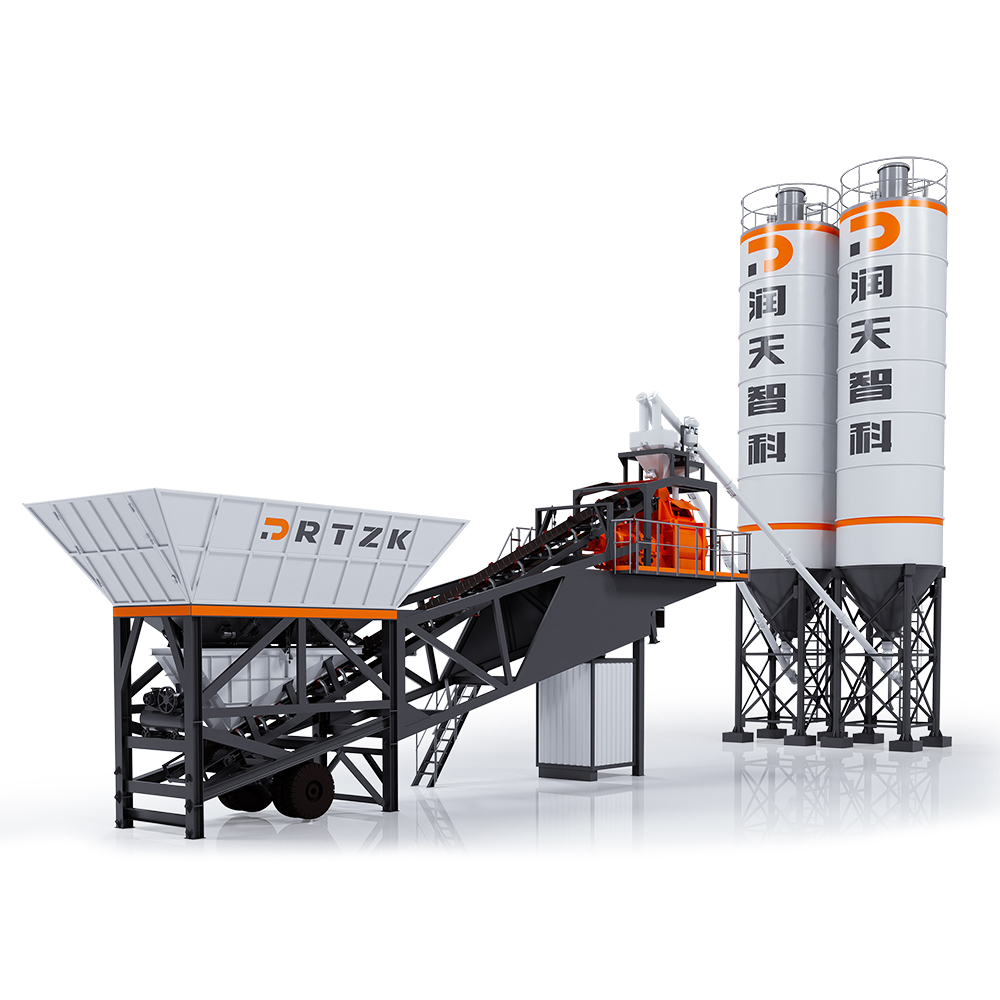 HZS Series Mobile Concrete Mixing Plant
HZS Series Mobile Concrete Mixing Plant
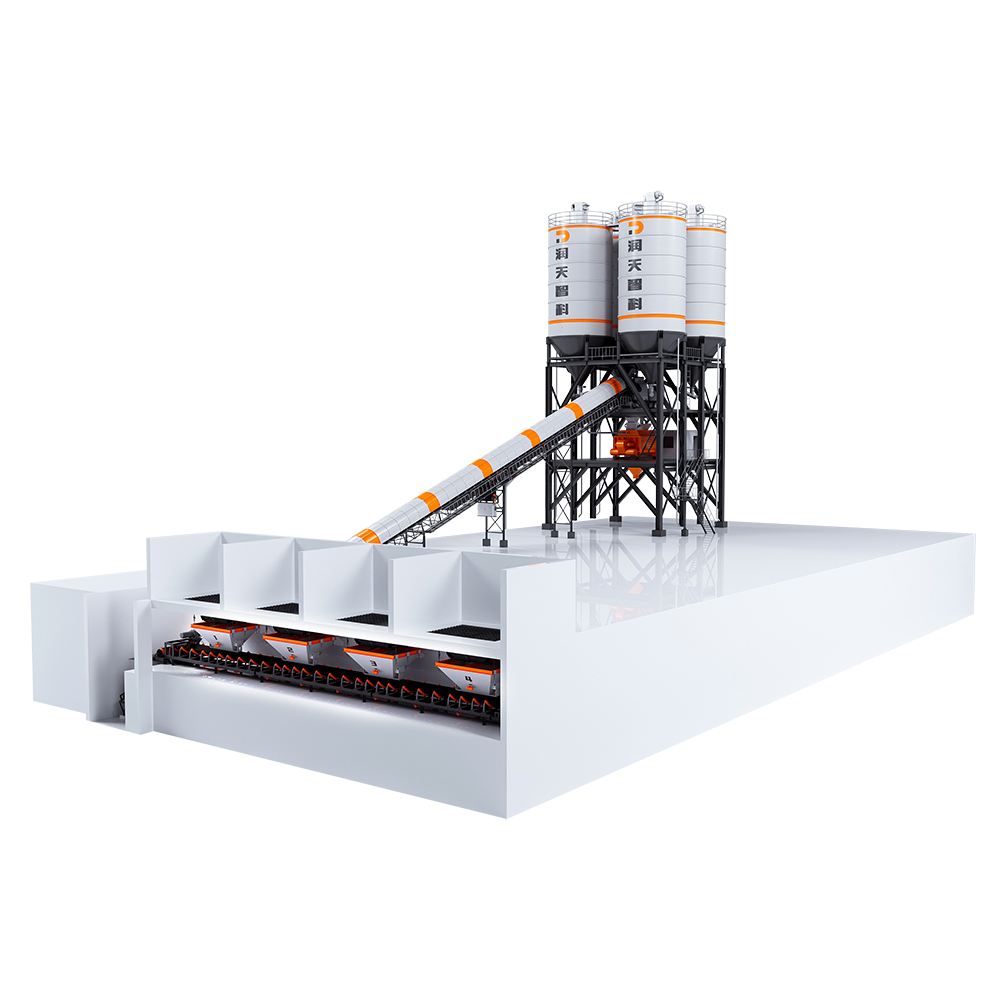 HZS Series Top-Mounted Concrete Mixing plant
HZS Series Top-Mounted Concrete Mixing plant
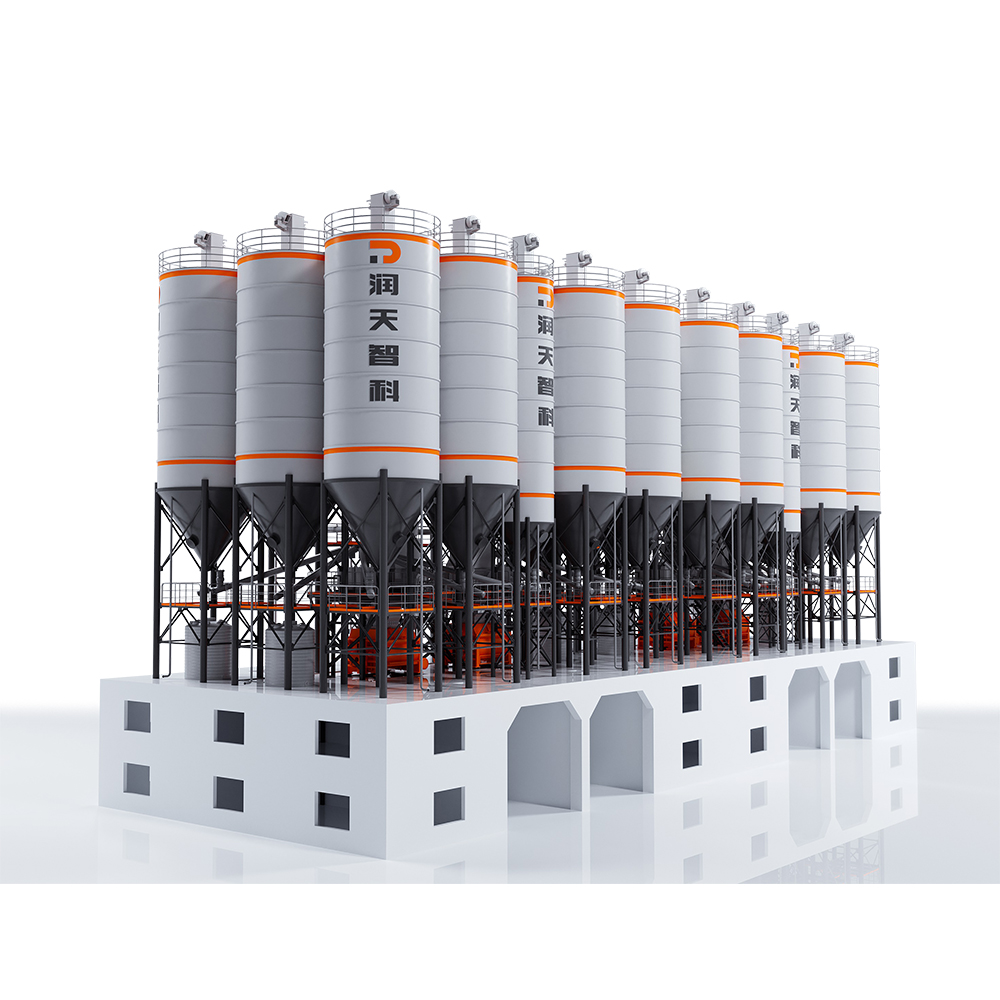 HZS Series Semi-Top Mounted Concrete Mixing Plant
HZS Series Semi-Top Mounted Concrete Mixing Plant
 Stabilized Soil Mixing Plant
Stabilized Soil Mixing Plant
 Asphalt Mixing Plant
Asphalt Mixing Plant
 Sand & Gravel Crushing and Screening Plant
Sand & Gravel Crushing and Screening Plant
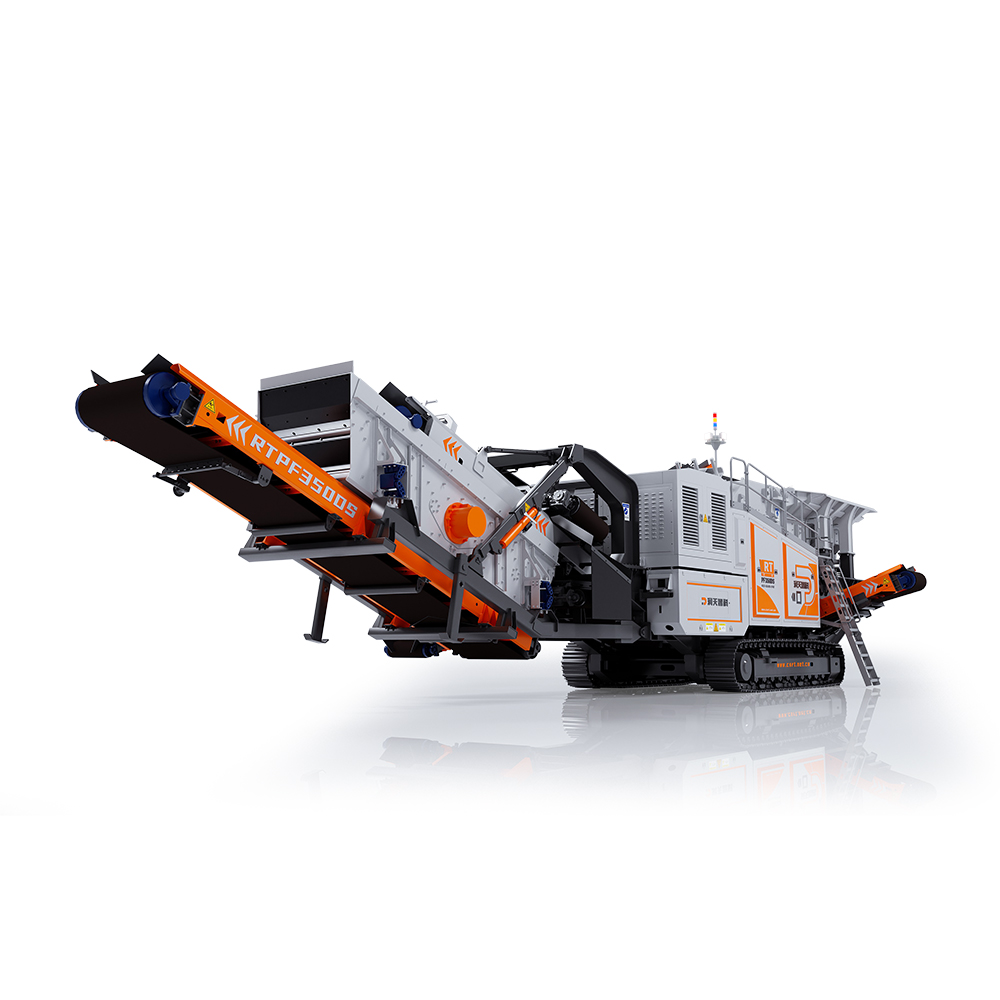 RTPF350DS Crawler Mobile Impact Crushing Plant
RTPF350DS Crawler Mobile Impact Crushing Plant
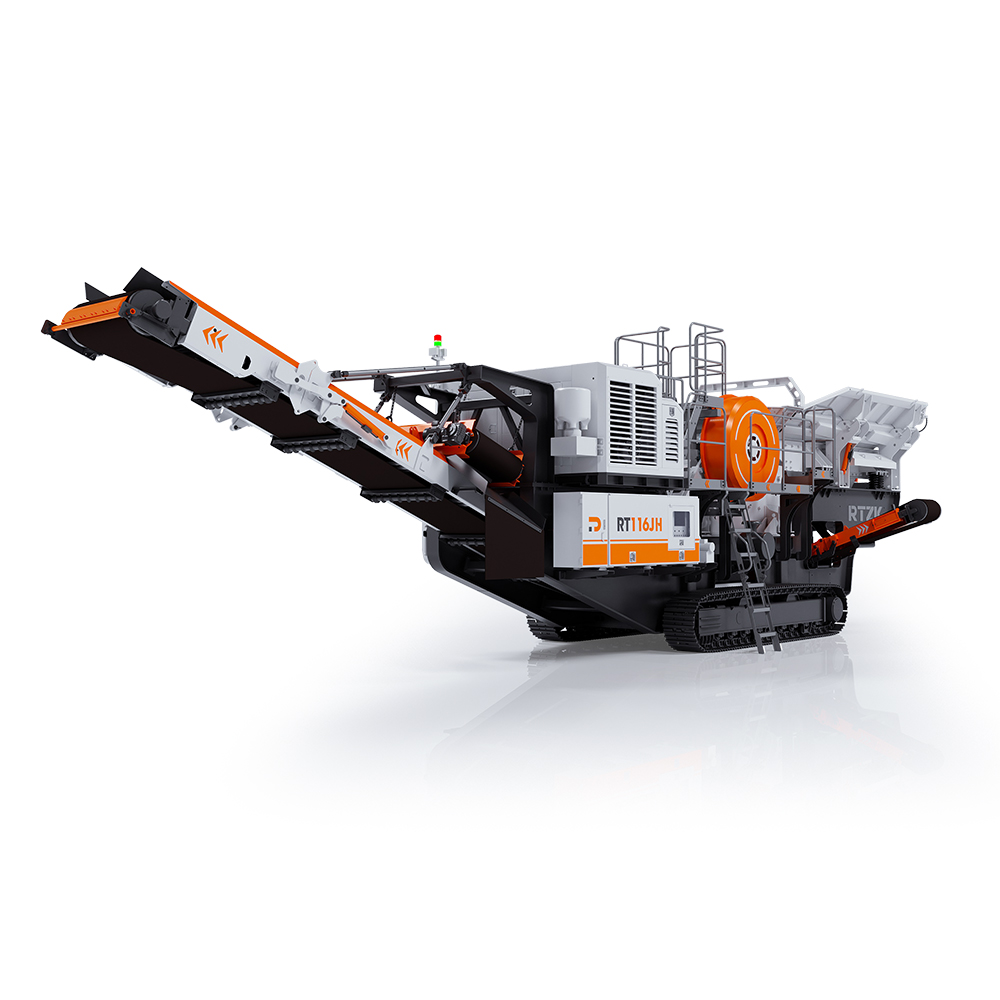 RT116JH Crawler Mobile Jaw Crushing Plant
RT116JH Crawler Mobile Jaw Crushing Plant
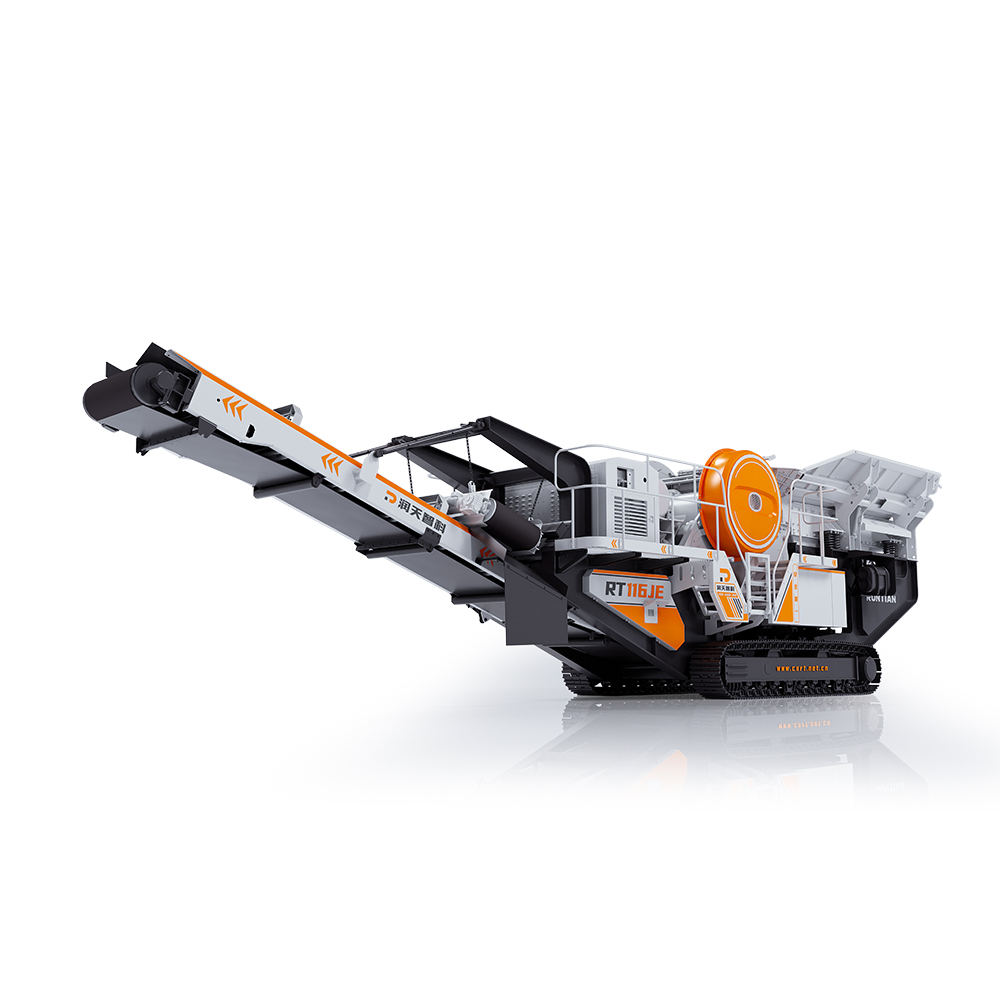 RT116JE Crawler Mobile Jaw Crushing Plant
RT116JE Crawler Mobile Jaw Crushing Plant
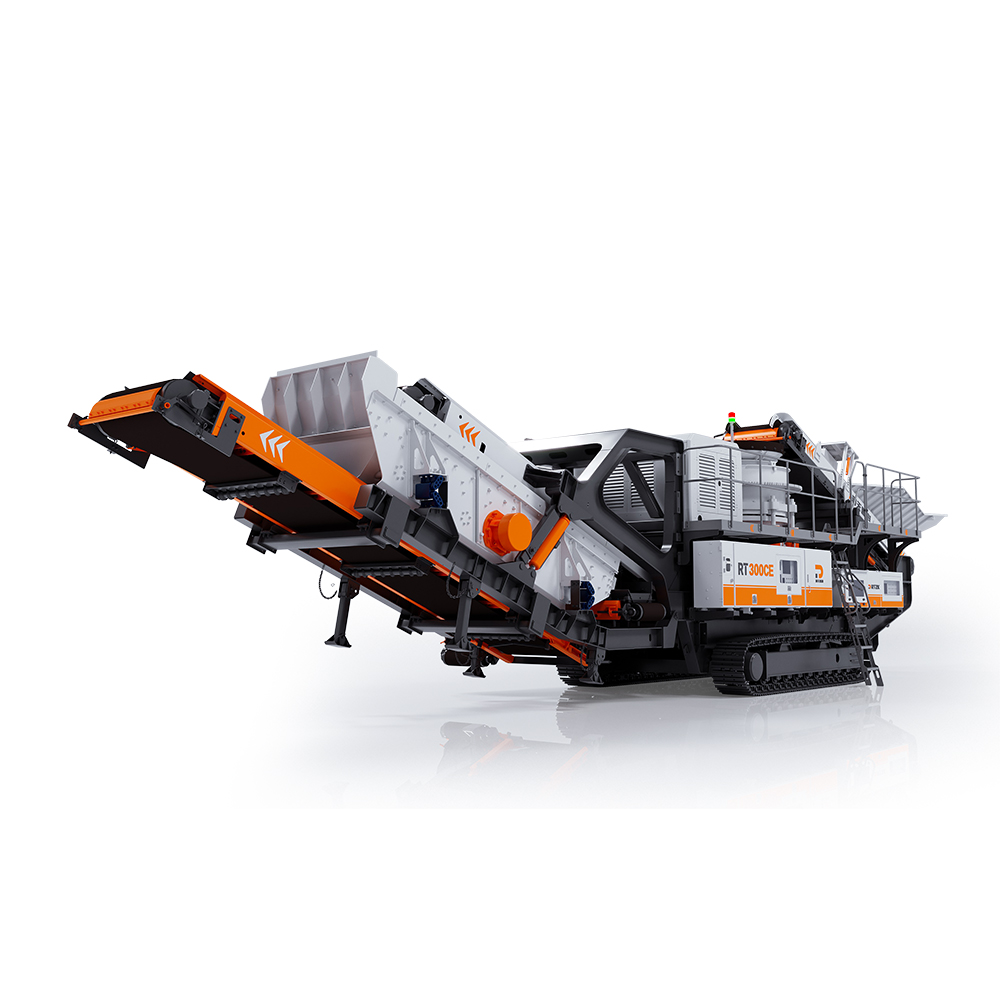 RT300CE Crawler Mobile Cone Crushing Plant
RT300CE Crawler Mobile Cone Crushing Plant
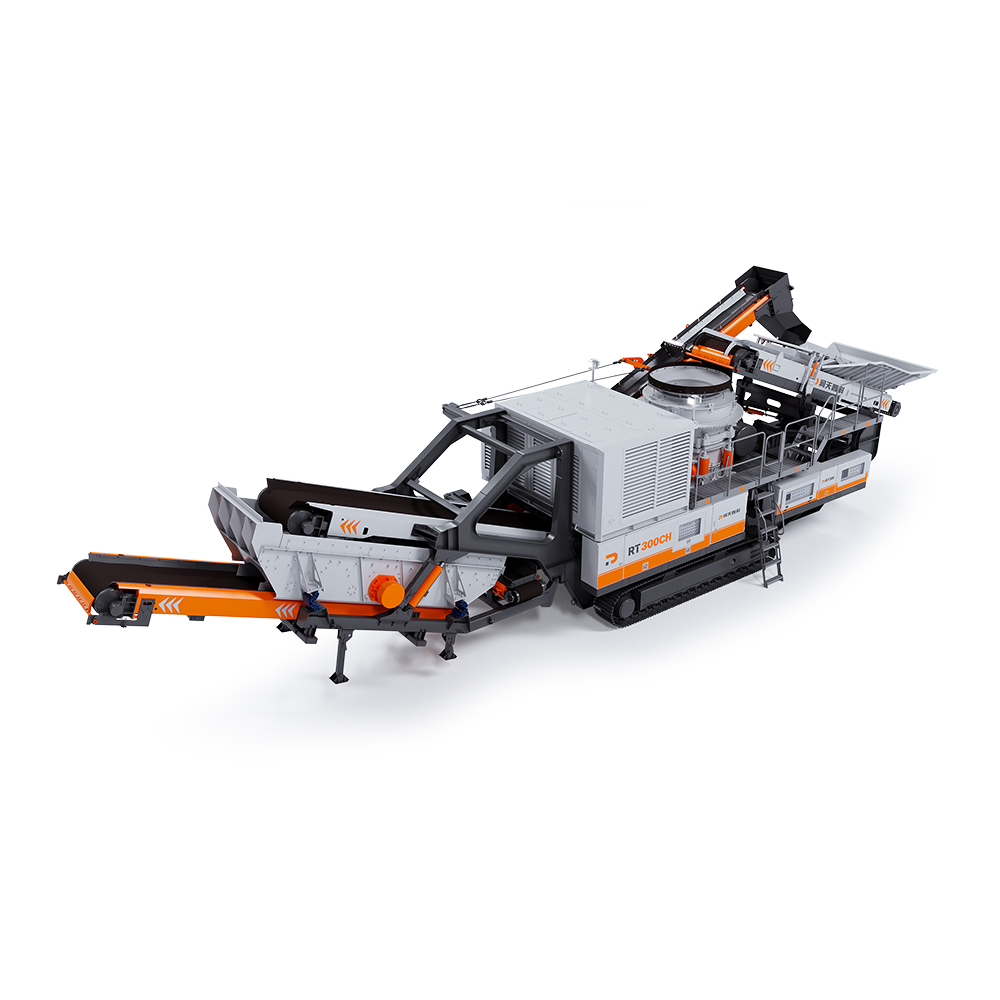 RT300CH Crawler Mobile Cone Crushing Plant
RT300CH Crawler Mobile Cone Crushing Plant
 RT5015H Mobile Scalping Screen
RT5015H Mobile Scalping Screen
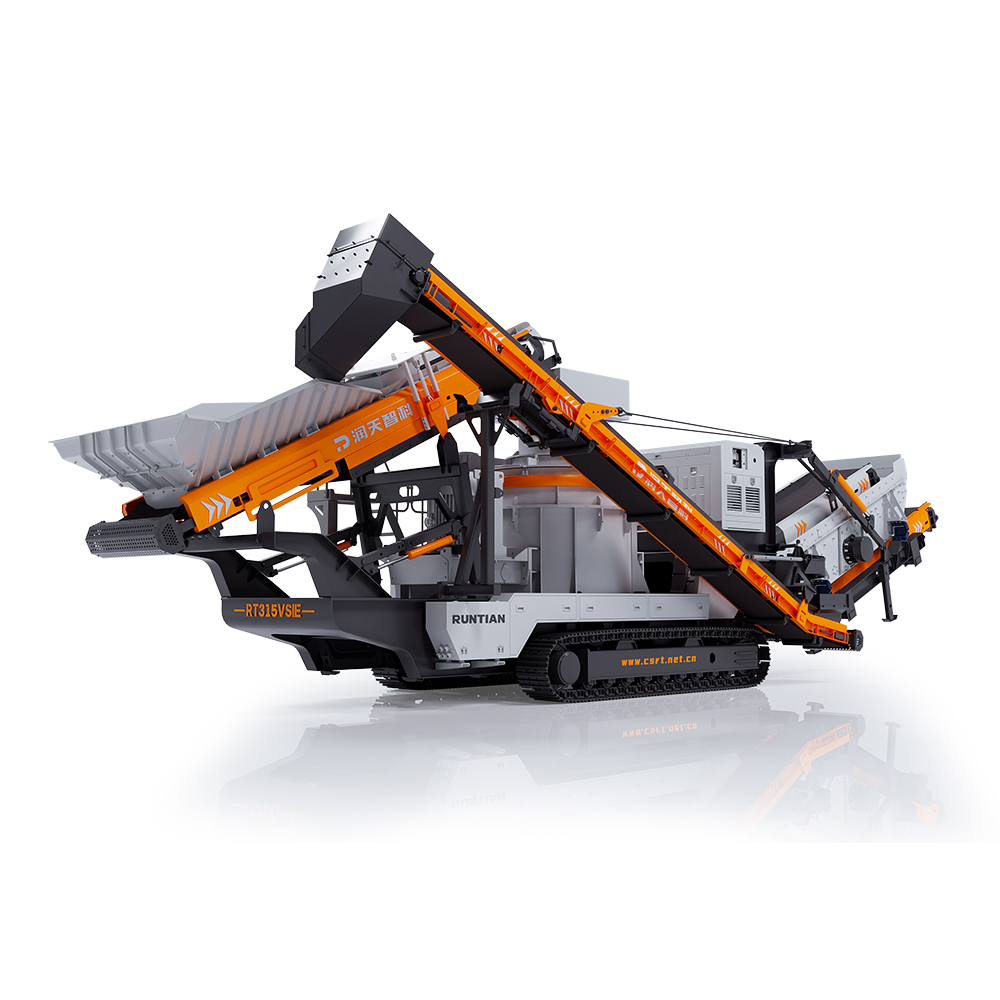 RT315VSIE Crawler Mobile Sand Maker
RT315VSIE Crawler Mobile Sand Maker
 RT3YK6020 Crawler Mobile Screening Plant
RT3YK6020 Crawler Mobile Screening Plant
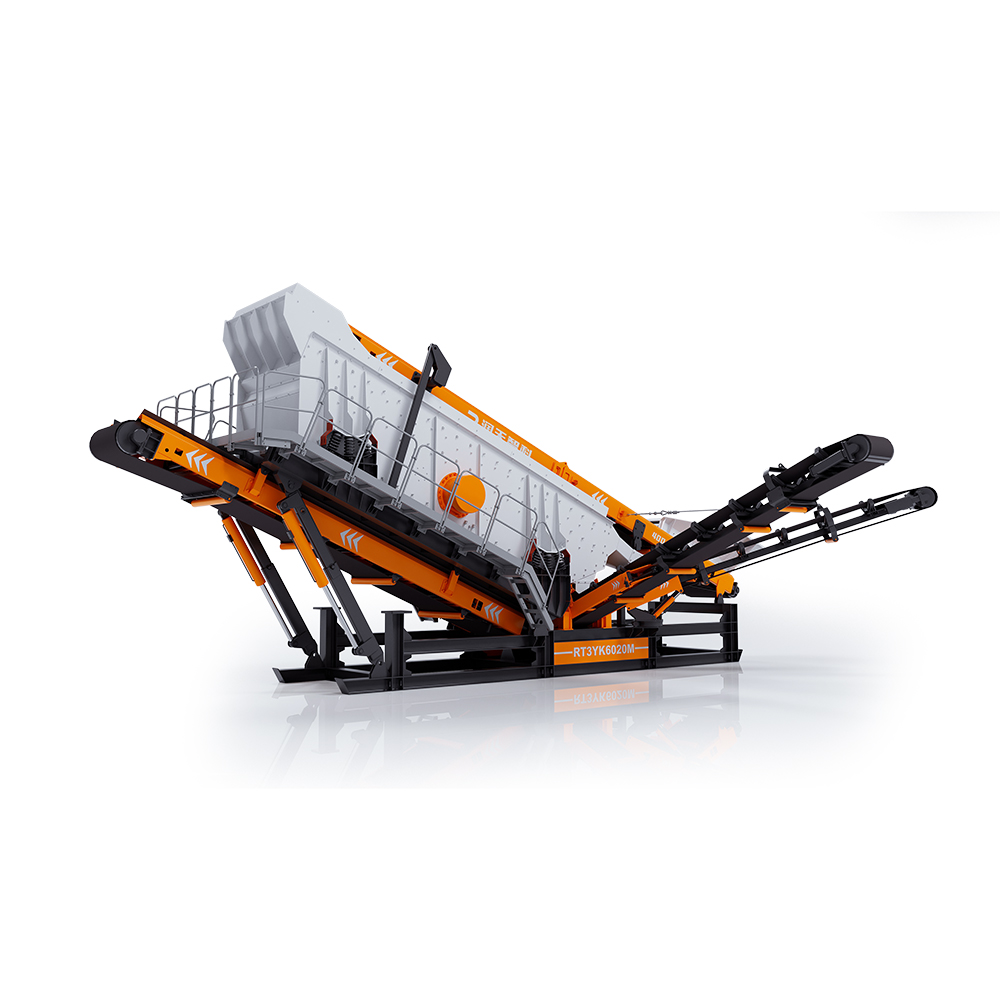 RT3YK6020M Modular Screening Plant
RT3YK6020M Modular Screening Plant
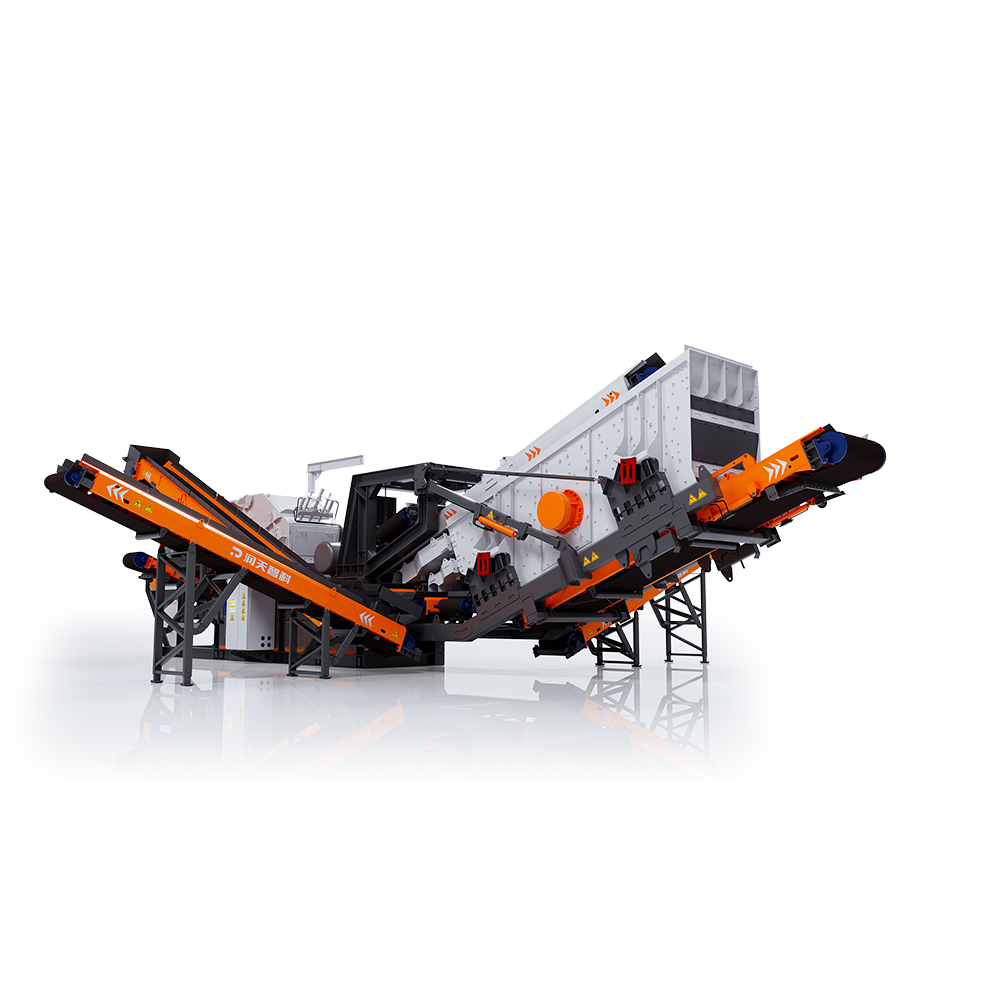 RTF260M Modular Counterattack Crushing and Screening Integrated Machine
RTF260M Modular Counterattack Crushing and Screening Integrated Machine
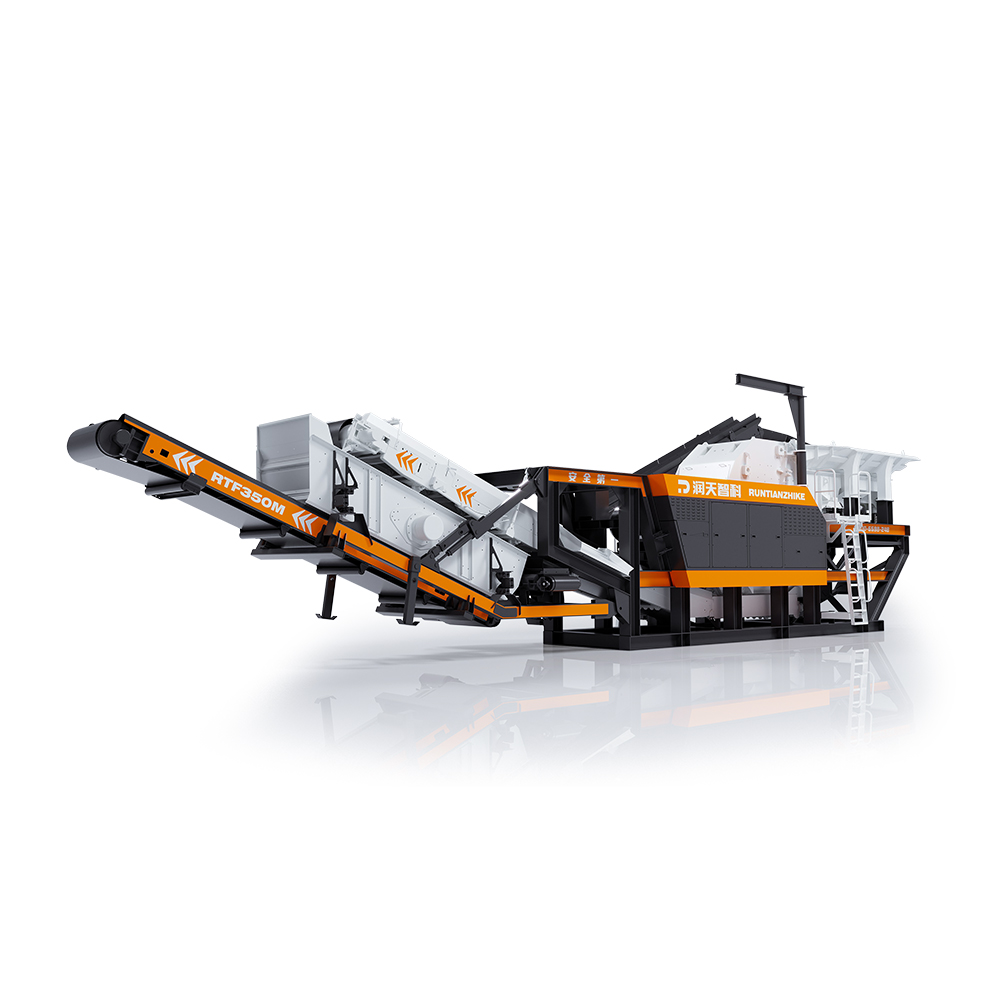 RTF350M Modular Impact Crushing Plant
RTF350M Modular Impact Crushing Plant
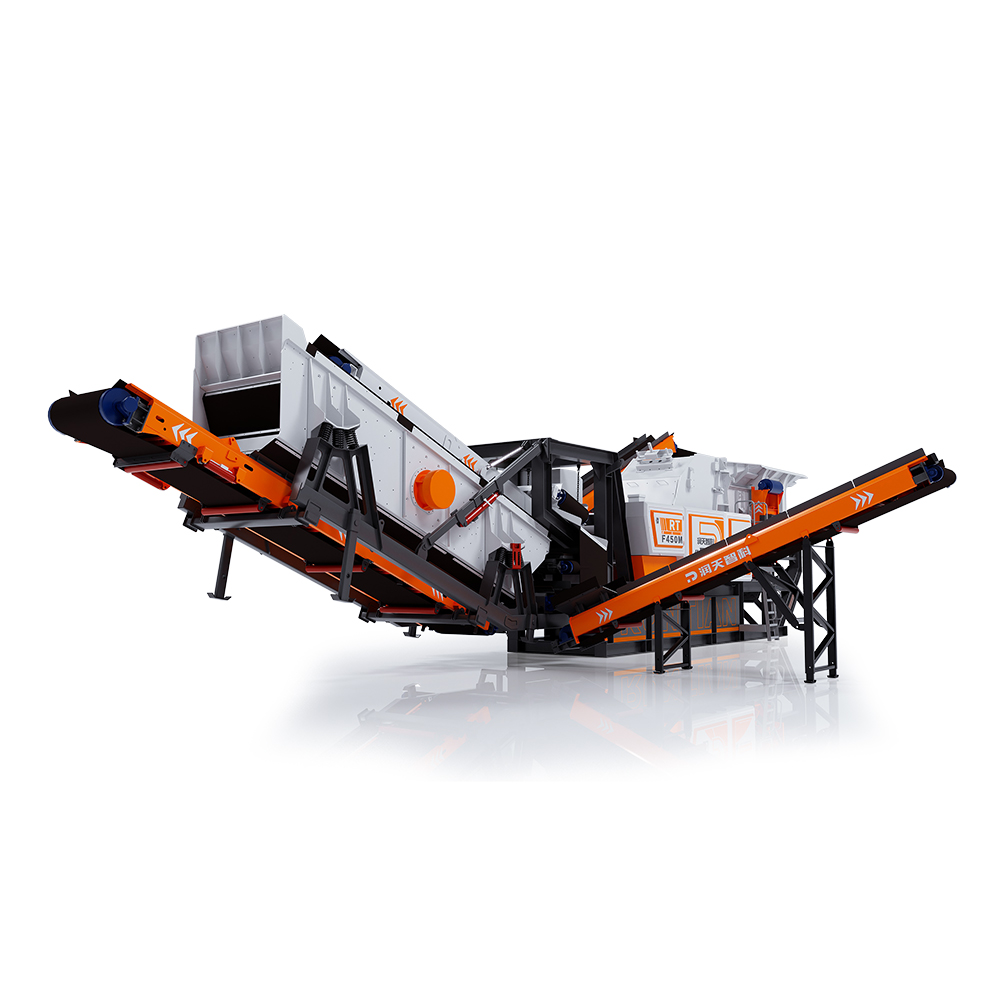 RTF450M Modular Impact Crushing Plant
RTF450M Modular Impact Crushing Plant
 Construction Waste Resourceful Treatment Line
Construction Waste Resourceful Treatment Line
Performances
Video
News
Blog
Contact Us
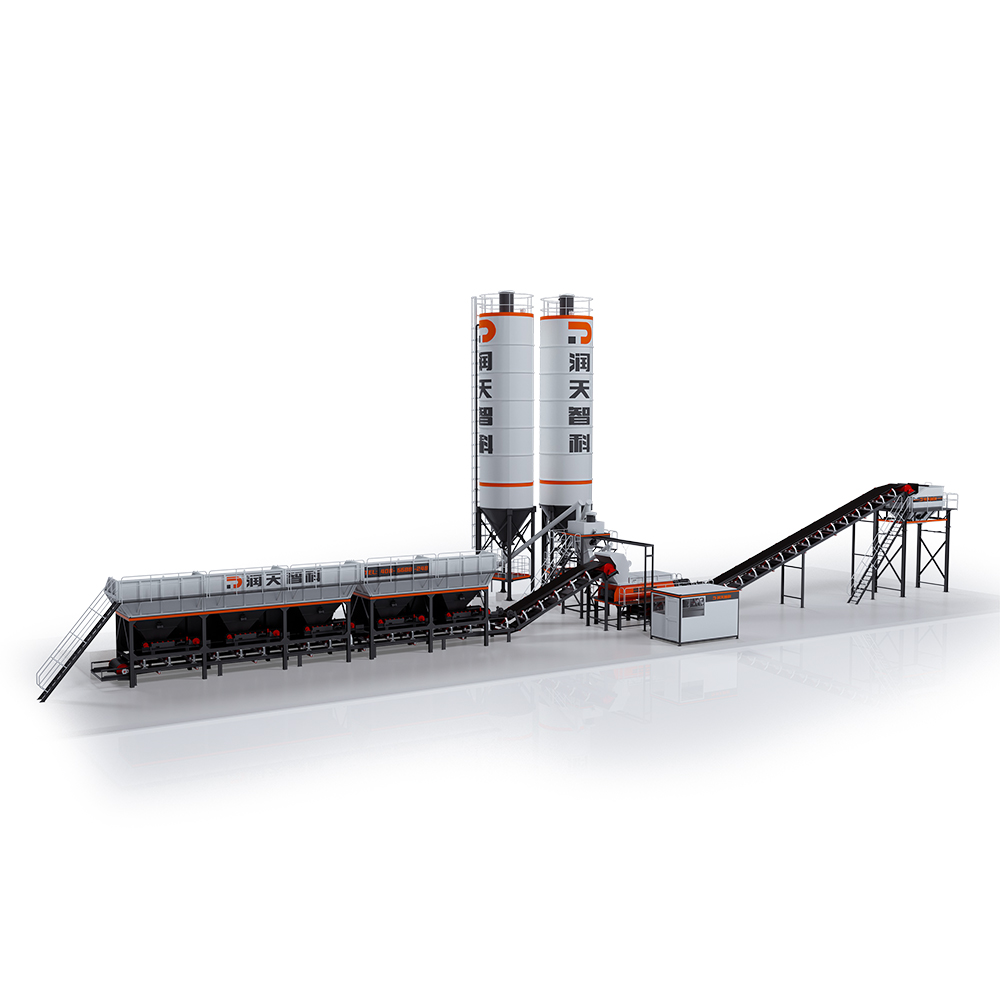 WDB Series Foundation-Free Stability Soil Mixing Plant
WDB Series Foundation-Free Stability Soil Mixing Plant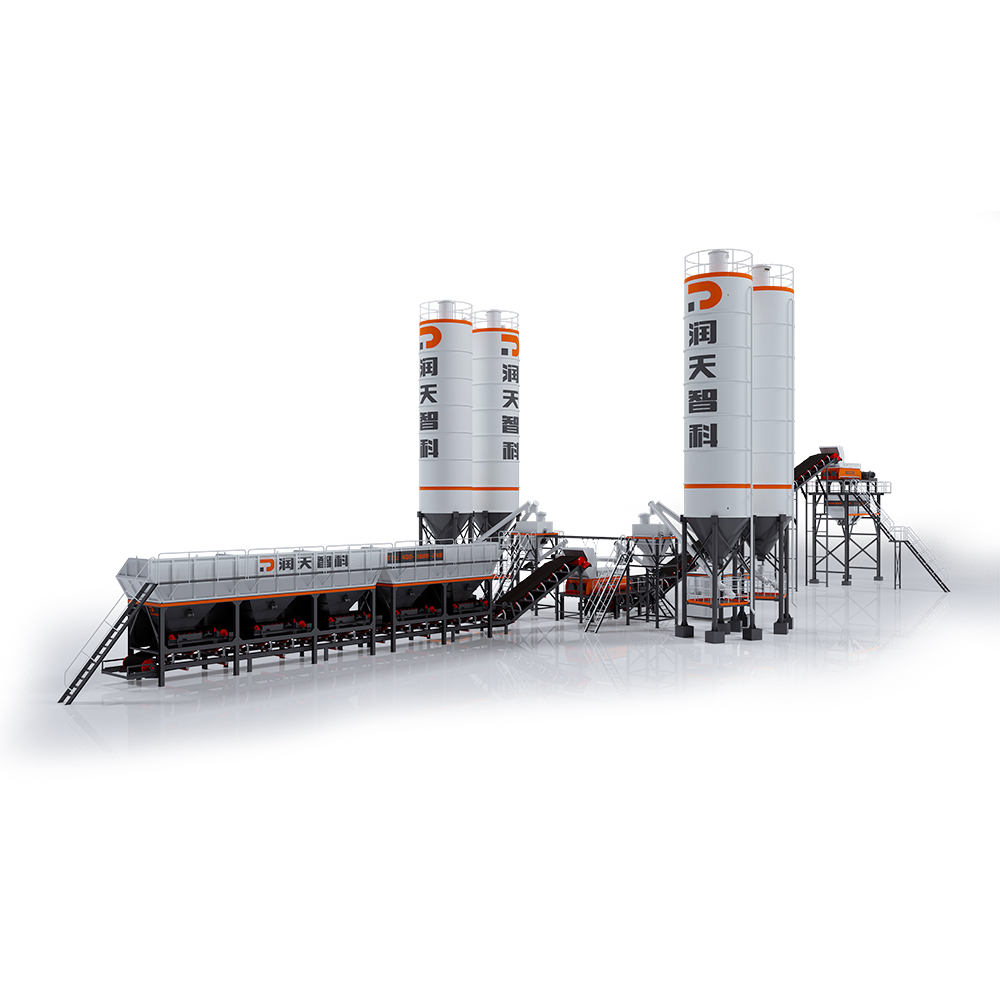 LCB Series Emulsified Asphalt Cold Regeneration Secondary Mixing Plant
LCB Series Emulsified Asphalt Cold Regeneration Secondary Mixing Plant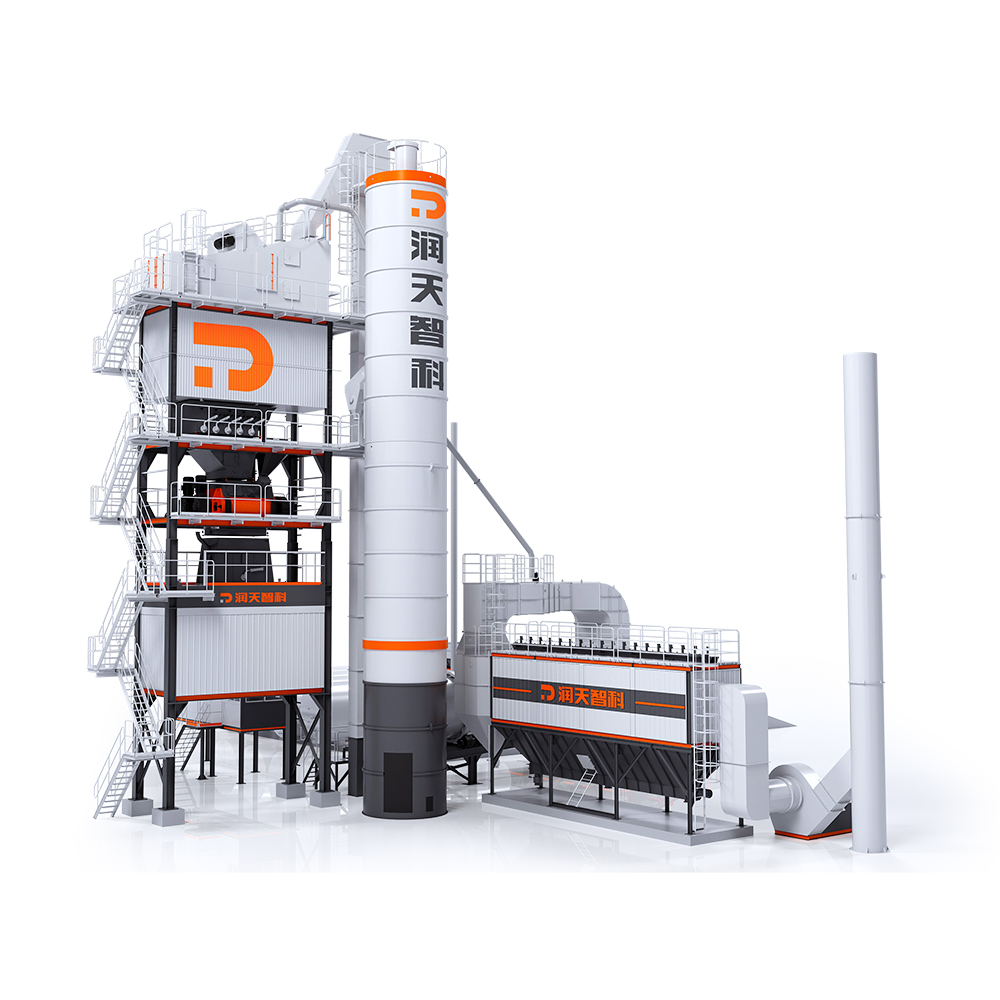 LB Series Asphalt Mixing Plant
LB Series Asphalt Mixing Plant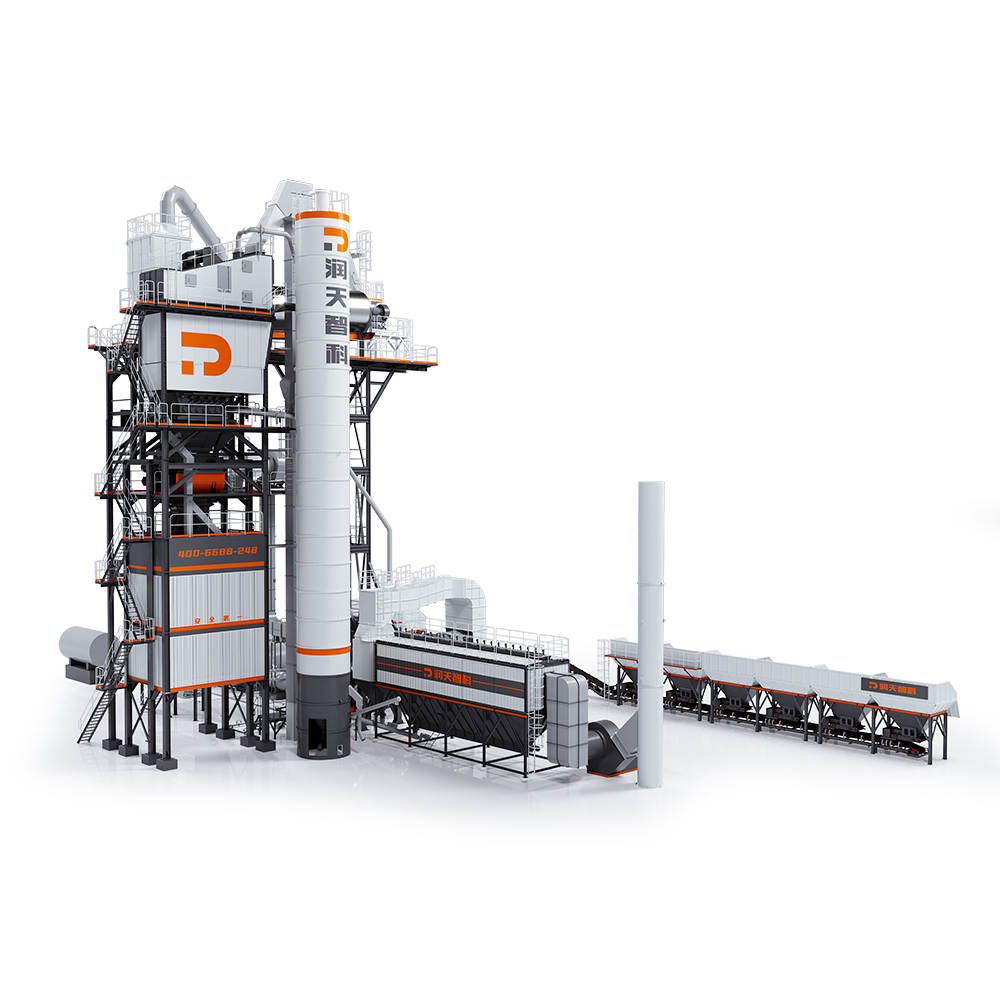 LBR Series Integrated Asphalt Mixing Plant
LBR Series Integrated Asphalt Mixing Plant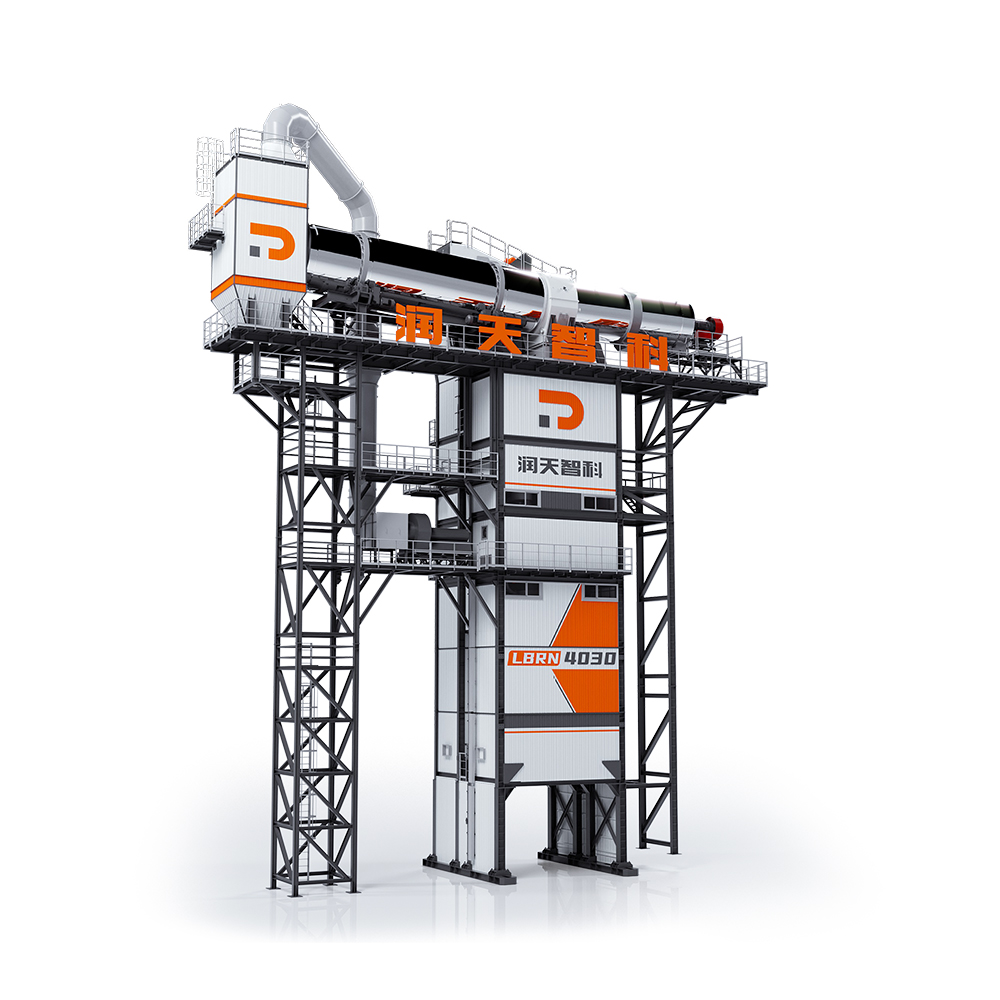 LBRN Series Counterflow Integral Asphalt Mixing Plant
LBRN Series Counterflow Integral Asphalt Mixing Plant RZS Series Asphalt Mixing Plant
RZS Series Asphalt Mixing Plant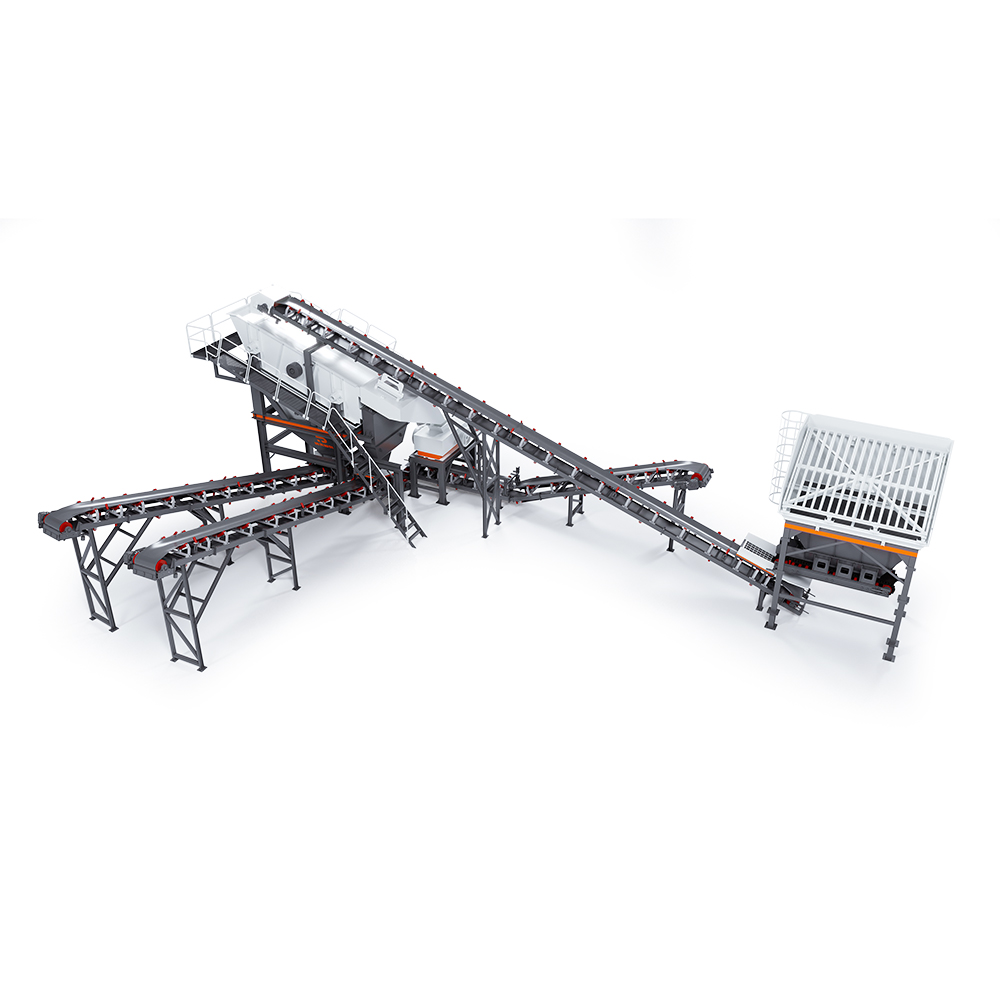 RTZS120 Series RAP Crushing & Screening Plant
RTZS120 Series RAP Crushing & Screening Plant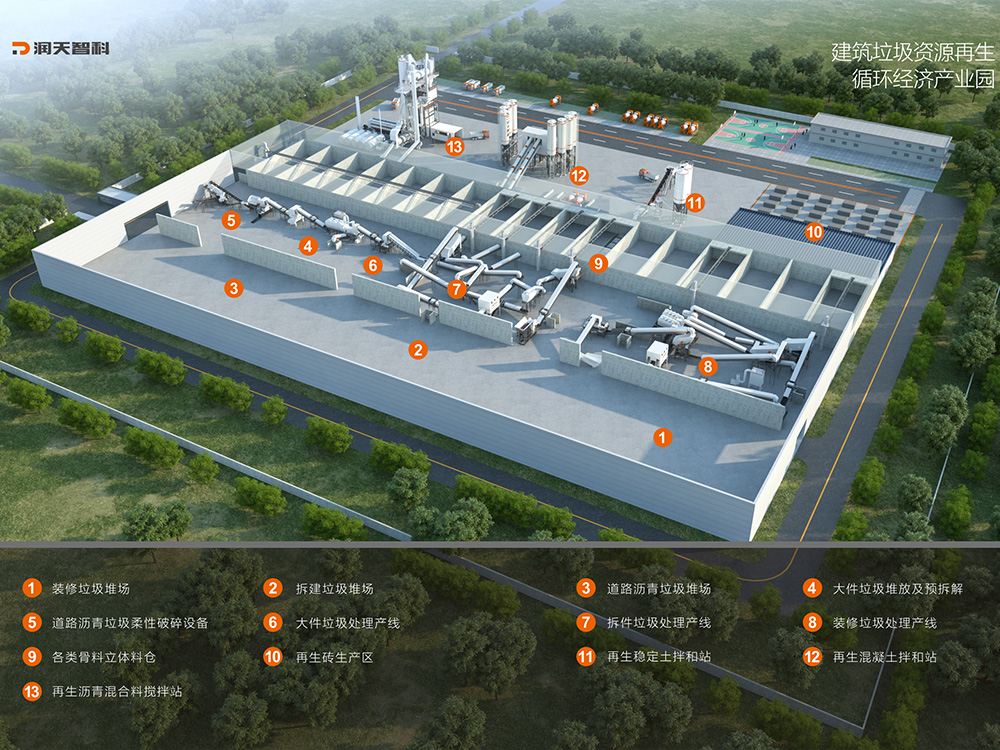 Construction Waste Resourceful Treatment Line
Construction Waste Resourceful Treatment Line However, to truly master its application, understanding the nuances of mixing, pouring, and finishing
is crucial. This guide serves as a comprehensive checklist to help industry professionals and DIY
enthusiasts alike achieve optimal results in their next project by effectively mastering the use of
concrete, ensuring safety, durability, and aesthetic appeal.
However, to truly master its application, understanding the nuances of mixing, pouring, and finishing
is crucial. This guide serves as a comprehensive checklist to help industry professionals and DIY
enthusiasts alike achieve optimal results in their next project by effectively mastering the use of
concrete, ensuring safety, durability, and aesthetic appeal.
 Concrete is one of the most versatile building materials, and understanding its varied types can significantly impact the success of your next project. According to the Global Concrete Market report, the concrete industry is expected to reach a valuation of over $800 billion by 2027, driven by the increasing demand for durable and resilient infrastructure. From residential homes to large-scale commercial buildings, selecting the appropriate type of concrete is crucial for achieving
Concrete is one of the most versatile building materials, and understanding its varied types can significantly impact the success of your next project. According to the Global Concrete Market report, the concrete industry is expected to reach a valuation of over $800 billion by 2027, driven by the increasing demand for durable and resilient infrastructure. From residential homes to large-scale commercial buildings, selecting the appropriate type of concrete is crucial for achieving 





